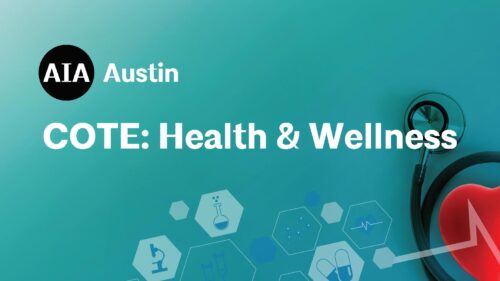Flourishing in Place: Indoor space as a health intervention opportunity
Indoor spaces are a dominant pollutant exposure for our society. They can also be spaces that promote thriving health. These facts are both a challenge and an opportunity for the AEC industry and for society at large. Join us as we present the design strategies used to develop safe, healthy spaces in the first of six cabins for health-challenged and health-conscious travelers. While this project was designed specifically to accommodate occupants with demanding health requirements, the principles and specifics apply to creating a healthy environment for all people. Additionally, the benefits of healthy construction is not constrained to interior spaces, reduced pollutant exposure also benefits the surrounding ecosystems. The Flourish Here retreat represents an ambitious, pioneering project in the area of healthy homes and indoor spaces designed to promote human thriving. Construction on these vacation rentals is expected to begin this summer and future AIA tours will be offered as construction is underway.
Earn 1 LU/HSW by taking the On-Demand Flourishing In Place course
View the slide deck
View the Recommended Knowledge and Materials Resources List
View the recording
Heat Mitigation and Health
Extreme heat is defined as outdoor temperatures that are much hotter and/or humid than average. Yet, heat does not impact everyone equally. Those most at risk are older adults, the very young, people with mental illness and chronic diseases, those experiencing homelessness and people who are socially and economically isolated. Mitigating the impacts of heat involves rethinking how we engage communities and design our neighborhood. Come and learn how to keep you, and the community, safe during the next heatwave. View the recording
High Volume, Low information: Uses of PFAS in the Built Environment
Per- and polyfluoroalkyl substances (PFAS) are a class of highly fluorinated synthetic chemicals notable for their non-stick, waterproof, and grease resistant properties and also for their extreme environmental persistence. Building materials are a high-volume use of PFAS that have received relatively little attention. PFAS have many uses in the building industry, including in roofing materials, flooring, paints and coatings, sealants, glass, and more. Annual sales of PFAS-containing building materials are more than $26 billion. In this talk, we will summarize publicly available information about uses of PFAS in different building product categories. We will also review exposure concerns associated with the presence of PFAS in these products throughout their lifecycle, from manufacturing, to use, to recycling and disposal.We’ll conclude with a discussion of how architects, builders, and non-profits are working with manufacturers to understand where PFAS are used in the building industry and to encourage the development of safer replacements based on green chemistry.
View the slide deck
View the recording
Let’s Talk About COVID Risk
Vaccines may be the light at the end of the tunnel, but as of now the community infection rate in Austin-Travis County is as high as ever and increasing. It’s time to get on our game and end this thing strong! Now is a critical moment to reduce the spread and protect ourselves and our community. Using a layer risk reduction strategy (LRRS) is a fantastic way to protect yourself, your coworkers, your kids in school, or anyone that is congregating indoors. This seminar and discussion, led by Kristof Irwin and Lauren Woodward Stanley, AIA, is a special session offered as a community service to help you understand airborne (aerosol) transmission, what matters, why, and how to reduce your risk. Let’s start the year smart and end the pandemic healthy! Please join us. We will start 5 minutes ahead of the posted start time with a live-over-zoom musical overture by our very own Miguel Walker as we wait for others to show up for this seminar. View the recording
